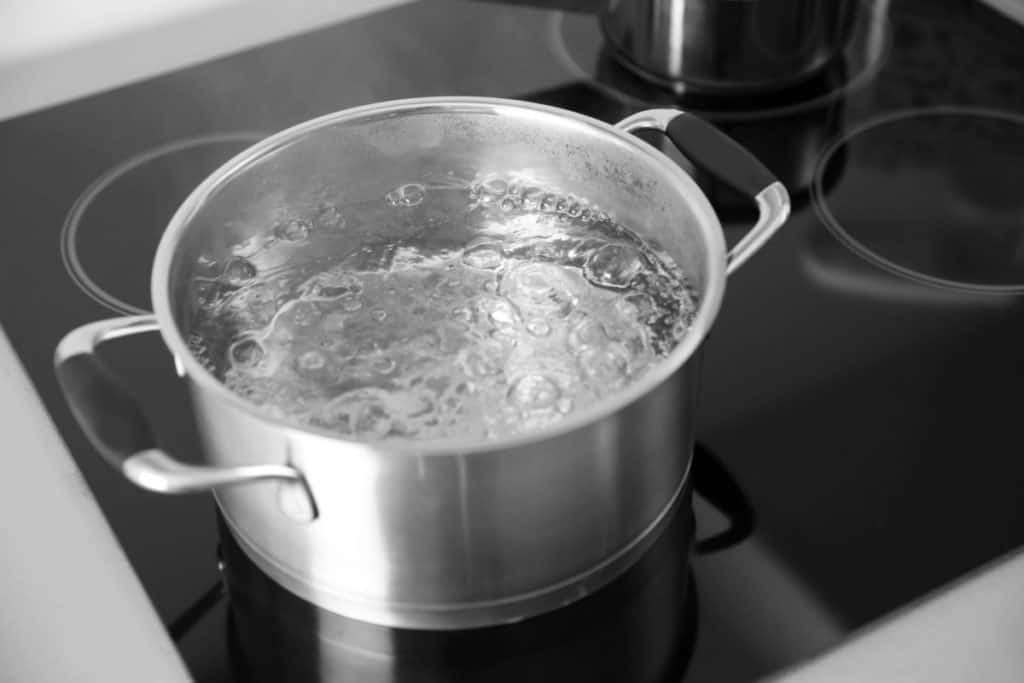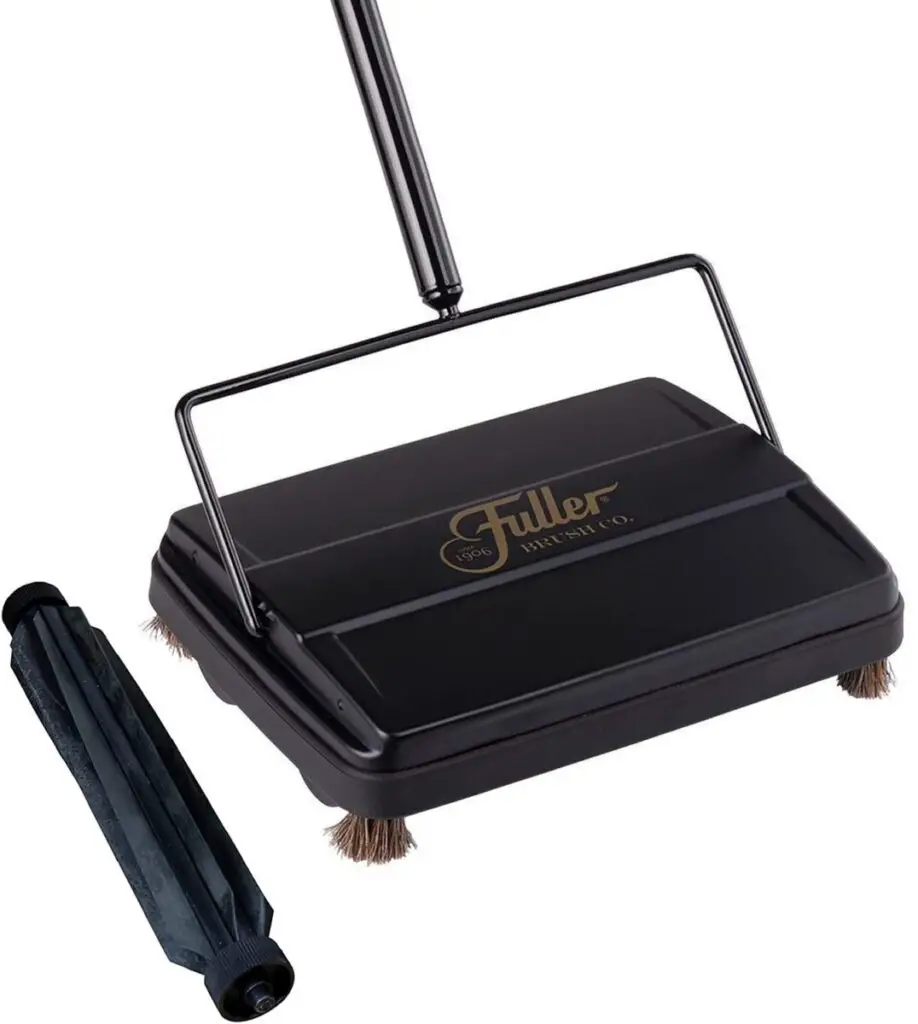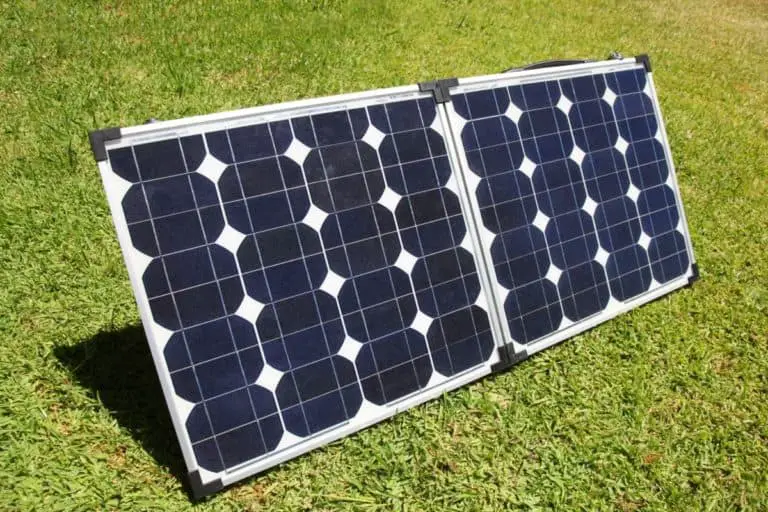8 Ways to Purify Water for Your Off-Grid Home
Having a source of clean drinking for water in your off-grid home is vital. However, water from any source comes with the risk of contamination and should be filtered and purified.
To produce water that is safe to drink, you must remove any sediment, metals, and chemicals. Then any bacteria and viruses must be killed. To do this, you can use two or three of these methods:
1. Reverse osmosis
2. Whole-house
3. UV light
4. Solar purification
5. Boiling
6. Distillation
7. Chlorination
8. Slow sand filtration
You can use all these methods in your home, but they each have their pros and cons. The best way to have an adequate water cleaning system is to pick those that suits you best.
You may need to use more than one method to produce water that is free from sediment, chemicals, metals, bacteria, and viruses.
Safety note– Before drinking any water from your system, it is vital to have it tested and ensure it’s safe to drink. Water samples can be sent off for testing or you can buy your own testing kit.
Related reading: Why do you need to purify water?
Table of Contents
1. Water filter – reverse osmosis (RO)
Reverse osmosis is a method used to filter water at a molecular level.
What is osmosis?
Osmosis is a naturally occurring process where water molecules cross a semi-permeable membrane from an area of high water concentration to one of lower water concentration. A semi-permeable membrane is a barrier that will only allow specific molecules or particles through.
During osmosis, if you were to have saltwater on one side of the membrane and fresh on the other, the water molecules would cross from the freshwater into the saltwater to create an equal concentration of water on each side.
Reverse osmosis removes small particles

In a reverse osmosis filter, pressure is used to reverse the process and allow water to travel from saltwater or dirty water to fresh, clean water. Because the filter uses a semi-permeable membrane, it is incredibly fine, and filtration happens at the molecular level. As a result, it’s an extremely effective method to filter water and can remove many particles, including some bacteria, viruses, metals, and minerals.
Most RO systems have several stages
The reverse osmosis systems you can buy for your home usually include several stages to filter out different sized particles before and after the water crosses the semi-permeable membrane. Any larger particles could clog up the membrane and prevent it from working as effectively, so they are removed before the membrane. Other filters are used to catch any contaminants or flavor from the pipes etc.
RO devices are best used in systems alongside other filtration or purification devices because they aren’t able to remove some smaller molecules like certain pesticides, solvents, and metals.
Walmart stock some excellent reverse osmosis systems, like the 5-stage unit from Yescom, for around $100.
As you can see in this video, some companies recommend that you only feed RO systems with soft, iron-free, and sulfur-free water. They can be expensive, but they can be bought in single units and are often simple to install under a sink or beneath the floorboards of your home.
2. Whole-house filters
These are systems that filter your water at its point of entry into your home. This means that all your water is filtered regardless of its use. They are often created for your home depending on the water you’re using. Sometimes they can include reverse osmosis systems, but more often, they include a series of filters, including carbon filters, which clean the water to a different degree as it passes through each stage.
The benefit of whole-house systems is that you can test your water source and build your system to remove the contaminants it contains precisely. They can also be expensive, but whatever your choice of filtration or purification method, it’s likely that you will choose some form of whole house setup.
Additional systems can be used in your kitchen to further purify it for drinking. You may want the water for your entire home to be ok to drink, but it’s more cost-effective and efficient to only apply that level of purification to water you intend to use in your kitchen.
Walmart stock several whole house filtration units including some excellent multistage systems.
3. UV light purifier
Off-grid home-owners often use UV bulbs alongside the methods previously mentioned. A UV purifier is designed to kill microorganisms like bacteria and some viruses. Water is forced into a tube where it can be exposed to the light of a powerful UV bulb. As it flows through the tube, any microorganisms are killed instantly, meaning that it doesn’t need to be kept in the tube but can flow continuously, giving a steady flow of water into your home when you need it.
This is the ultimate method to destroy biological pathogens in your water and is an excellent addition to any system, particularly for any potable systems. UV filtration systems use concentrated light that is more powerful than sunlight when it reaches Earth and is a more effective method of decontamination than chlorine.
Vitapur supply high-quality UV water filters that are available at Home Depot for about $215.
4. Solar purifiers
This is a method that is like UV purification but uses light from the Sun. By the time it reaches the Earth, the Sun’s light is less potent than the UV bulbs, so it can only treat a certain amount of water at a time. It can also take several hours and relies on the presence of direct sunlight.
This is an excellent method for use in emergencies because you can fill a bottle with water and expose it to the Sun to kill any pathogens. However, more recently, devices have been developed to make it useful for those in off-grid homes. A non-governmental organization (NGO) in India called the Nimbkar Agricultural Research Institute (NARI) has designed a system to provide homes with clean water.
The NARI solar purifier is an incredible system with simple principles that you could adapt for your own off-grid home. While this system produces a specific amount at a time, it could likely be adjusted to hold more significant amounts.
More details of this system are provided here by the Nimbkar Institute.
Solar purification, like UV systems, should be used together with fine filtration because they don’t remove particles like metals and minerals.
5. Boiling

This is one of the earliest methods of water purification and is also able to kill off any microbiological contamination. It should be combined with filtration or distillation to remove all particles.
To purify water by boiling it must be brought to a rolling boil and maintained for at least ten minutes. This is a convenient method for small amounts of water and can be used as a backup if other methods aren’t available. One of the chief complaints of boiled water is that it acquires a flat taste.
6. Distillation
This is a slow process but can remove all pathogens and heavy metals. Distillation systems convert water into steam, which is collected and condensed into a separate container. The great thing about distillation is that it’s incredibly versatile.
You can create a makeshift system yourself, or you can buy complete units to produce more significant amounts of water. While the most effective method is to apply a heat source and evaporate the water quickly, solar distillation methods are a great way to produce drinking water via direct solar energy.
Here you can see an incredible, homemade solar still that is capable of turning water from the highly contaminated Gowanus Canal in New York into tasty drinking water:
7. Chlorination
Applying carefully measured amounts of chlorine, in household bleach, to water is a useful method to kill biological contamination. The US Environmental Protection Agency advise it to be used in emergencies if you’re unable to boil water.
Amount to add as advised by the EPA:
| Volume of Water | Amount of 6% Bleach to Add | Amount of 8.25% Bleach to Add |
| 1 quart/liter | 2 drops | 2 drops |
| 1 gallon | 8 drops | 6 drops |
| 2 gallons | 16 drops (1/4 tsp) | 12 drops (1/8 teaspoon) |
| 4 gallons | 1/3 teaspoon | 1/4 teaspoon |
| 8 gallons | 2/3 teaspoon | 1/2 teaspoon |
This method could be used in conjunction with a filtration system to ensure that any heavy metals and other non-biological contaminants are also removed.
If you don’t have any bleach, the EPA also recommends other decontaminants. They include:
- Granular calcium hypochlorite
- Household iodine
- Water disinfection tablets
8. Slow sand filter
This is an incredible low-cost method of building your whole-house water filtration system. It can remove both biological and non-biological contaminants, and you could likely make a system capable of providing drinking water for a small family for under $100.
This is how to construct a simple system:
If you prefer written instructions, this set is handy.
These systems have many advantages over other homemade systems. They may not be as compact as commercially designed systems, but they are considerably cheaper. Consequently, they are being used all over the world:
Conclusion
Most off-grid homes will use a whole house system to filter their water and further purification for drinking systems. Wherever you source your water, from well, spring or rainwater, it’s likely to require both filtration and biological decontamination.
Testing the water (check out the price of this 14 in 1 testing kit on eBay) will give you the information you need to build a purification system tailored to your own water. When you know what contaminants are in the water, you can add the right parts to your system and ensure that you have a supply of fresh clean water, whatever the source. If you do it right, you will likely have better tasting water than anything from the city.
Related reading: How to get an off-grid water supply without a well.
Check out my recommendations for equipment that will help you take your home off-grid.
My Off-Grid Product Recommendations

Useful Book: Off Grid Living 2022-2021 – This incredible step by step guide is a great read and gives you useful information about reaching self-sufficiency in just 30 days. Get the paperback on Amazon or read it free with a Kindle Unlimited subscription or listen to the audio version with Audible Plus membership.

Small Solar Panel Systems: Silicon Solar – This is an excellent company that offers lots of products to get you started on your solar journey. Visit Silicon Solar.

Family Water Filter: Big Berkey – For a fast, affordable water filter with no plumbing required, you can’t beat a Big Berkey gravity-fed filter like this one from Amazon.

Canning Equipment – This canning starter kit, 22-quart Barton pressure canner and twelve-pack of Ball 16oz mason jars will help you preserve food as you work towards self-sufficiency.

Cleaning: Fuller Carpet Sweeper –. This carpet sweeper is an ideal way to keep your home clean without using up your energy stores on vacuuming.

Handy Knife: Gerber Serrated Paraframe – This handy all-purpose knife is lightweight and ideal for all those little jobs around your home and garden.







